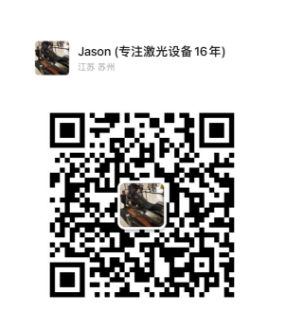The future development direction of laser marking technology is mainly affected by many factors such as technological innovation, sustainable development requirements and changes in market demand. The following is a specific analysis of these development directions:
1. Direction of technological innovation
a. Higher frequency laser
With the advancement of laser source technology, higher frequency lasers (such as ultrashort pulse lasers, laser frequency conversion technology, etc.) will become an important direction for future development. This technological advancement can bring higher marking accuracy, smaller heat-affected zones and more delicate processing effects, and is suitable for more materials, especially fragile, flexible or other special materials.
b. Multi-wavelength laser source
In the future, laser sources with multiple wavelengths may be developed, which can be flexibly switched according to different materials and applications to improve the scope and efficiency of marking. This will be particularly helpful in achieving the demand for fine marking of multiple materials.
c. Automation and intelligence
Laser marking equipment will be increasingly integrated with automated production lines and intelligent manufacturing systems to improve production efficiency and accuracy. The application of artificial intelligence and machine learning technologies can optimize production processes, realize intelligent adjustment and fault prediction, and further improve production efficiency.
2. The industry's emphasis on sustainable development and green manufacturing
As the world pays more attention to environmental protection and sustainable development:
a. Application of environmentally friendly materials
In the future, the laser marking industry will pay more attention to the use of environmentally friendly materials and reduce the impact on the environment. Solvent-free and chemical-free laser marking technology is the embodiment of this trend.
b. Resource conservation and efficient utilization
Improving production efficiency and increasing material utilization will be important goals in the future. Through the precise processing of laser marking technology, waste and defective rates can be reduced, thereby achieving efficient utilization of resources.
c. Promotion of circular economy
In the process of expanding the recycling of materials, the industry will pay more attention to laser marking technology. It can provide identification for recyclable and recycled materials, facilitate subsequent processing and classification, and help achieve a circular economy.
3. The impact of changes in market demand on laser marking technology
a. Personalization and customization needs
With the diversification of the consumer market and the increase in personalized customization needs, laser marking technology will usher in a broad market space. Users want to see personalized designs and high-quality logos on products. The flexibility of laser marking technology makes it an ideal choice to meet these needs.
b. The rise of emerging markets
As the demand for automation and efficient manufacturing in developing countries and emerging markets continues to rise, laser marking technology will be widely promoted. In industries such as medical, electronics, and packaging, companies are beginning to pay attention to the advancement and high precision of laser marking.
c. Improvement of quality and safety standards
As industry standards and consumer expectations improve, laser marking needs to adapt to higher quality and safety standards. This will promote continuous upgrading and innovation of technology to ensure the clarity, wear resistance, and corrosion resistance of product logos.
In the future, the development of laser marking technology will focus on more efficient and flexible processing capabilities, as well as adaptation to sustainable development and market changes. Technological innovation, intelligence, and enhanced environmental awareness will lead the laser marking industry to a more efficient, sophisticated, and green direction.































